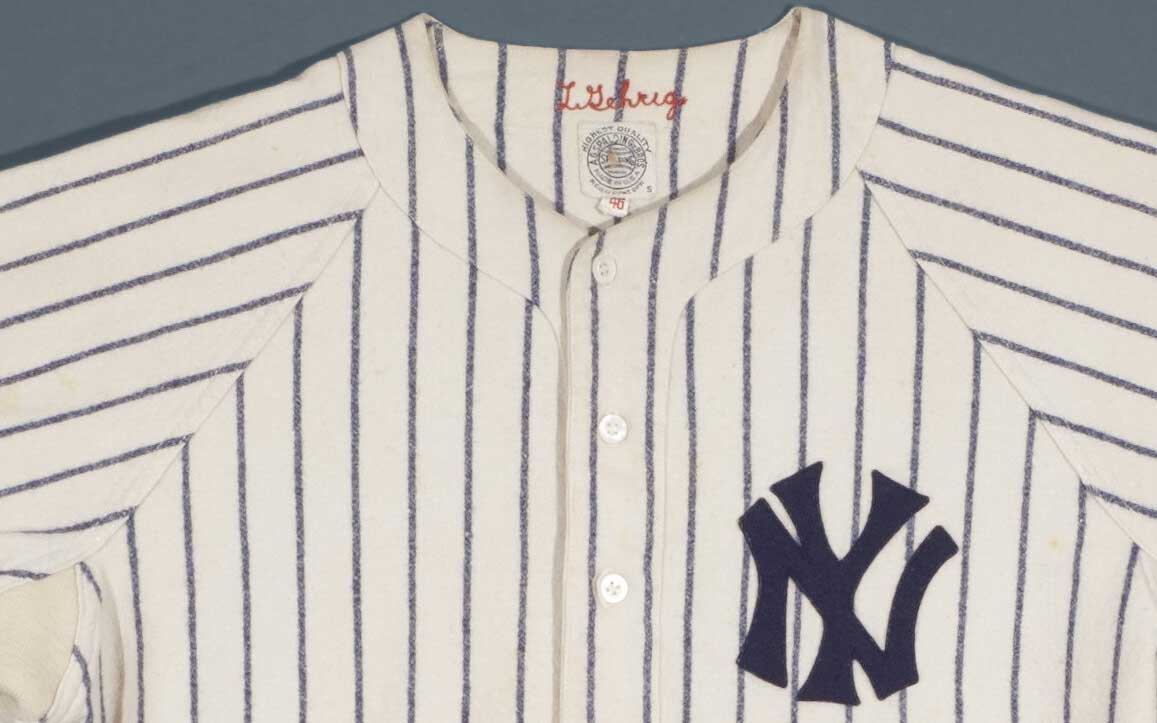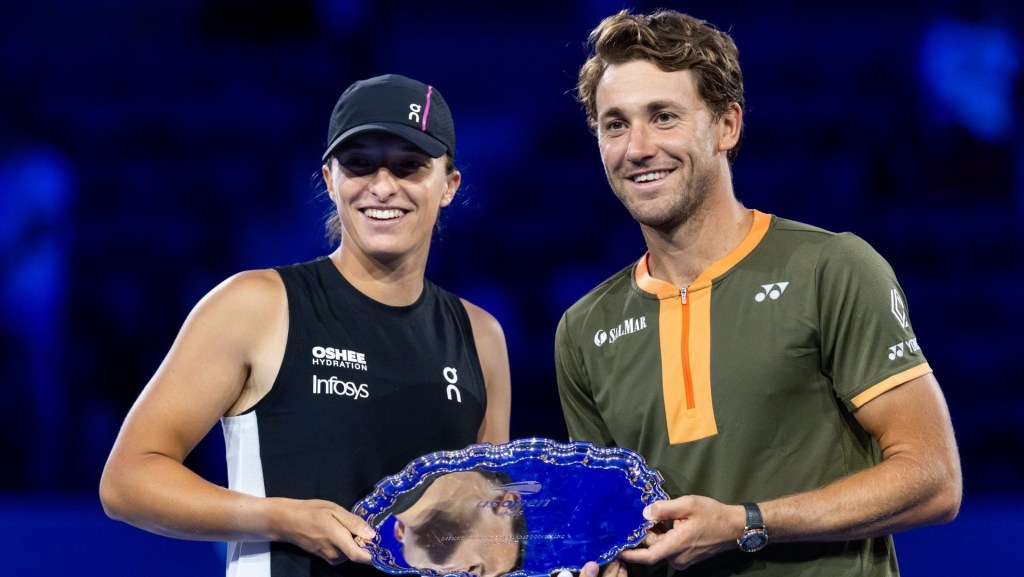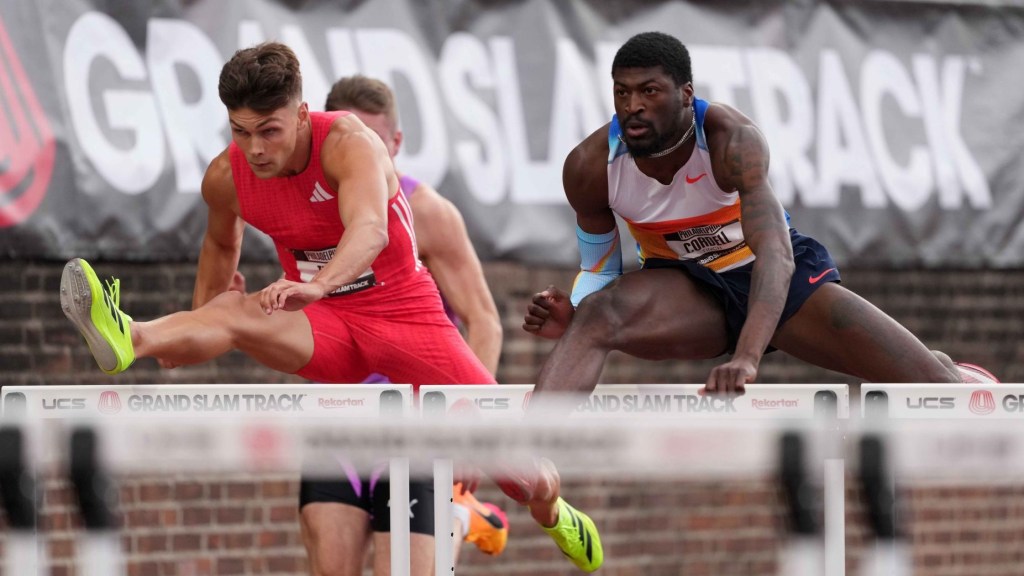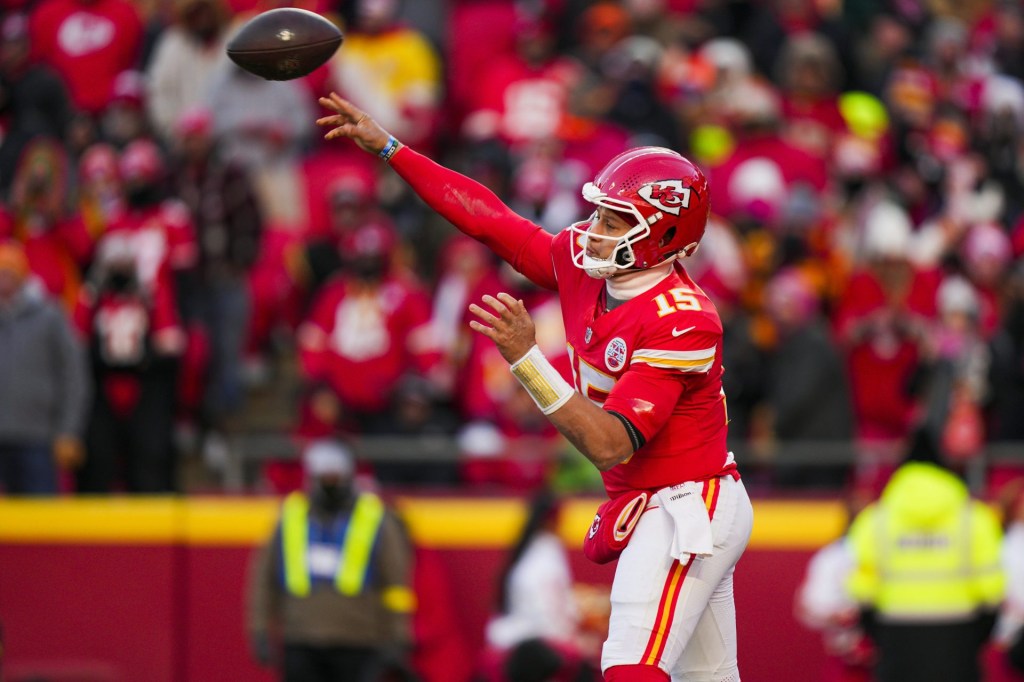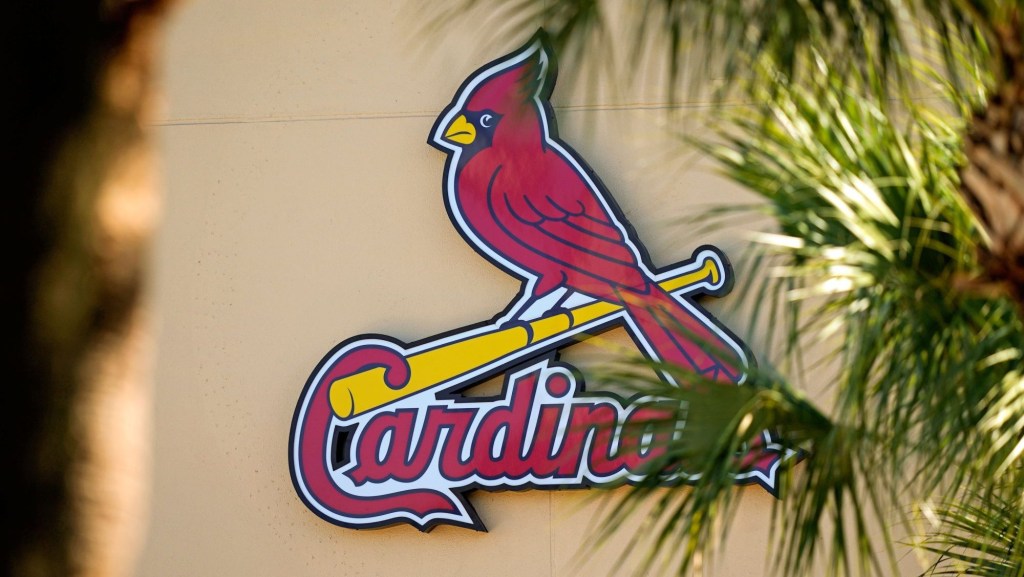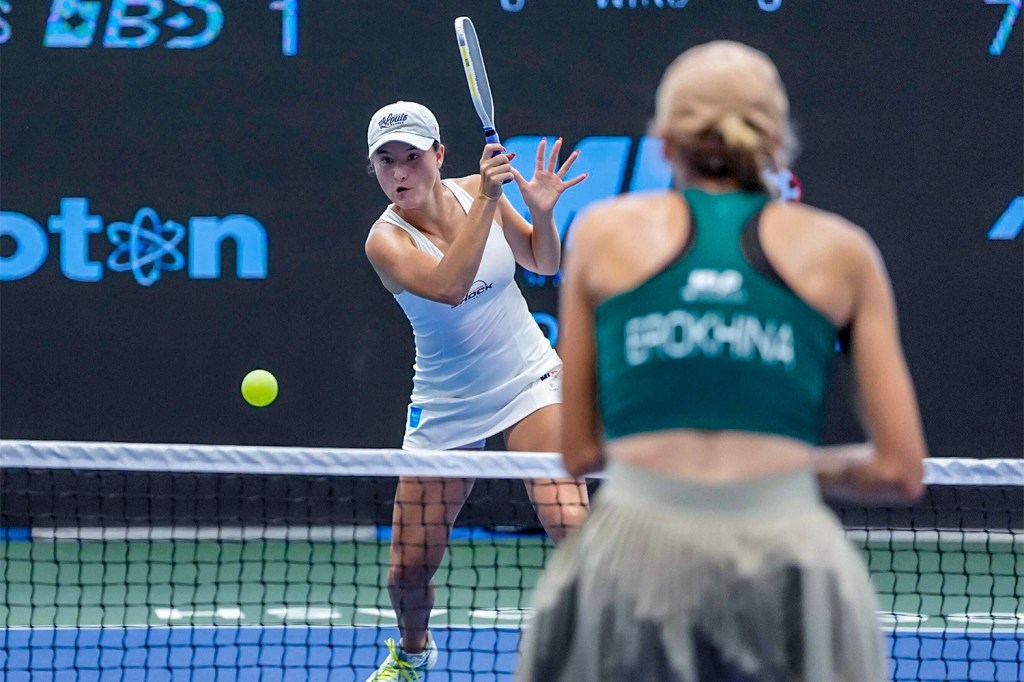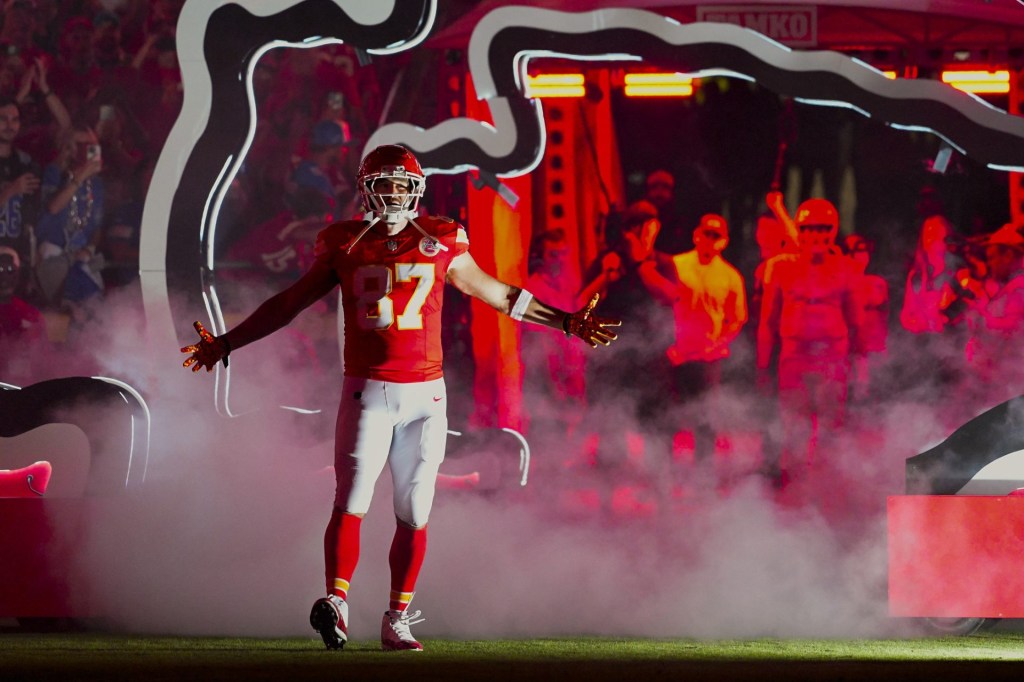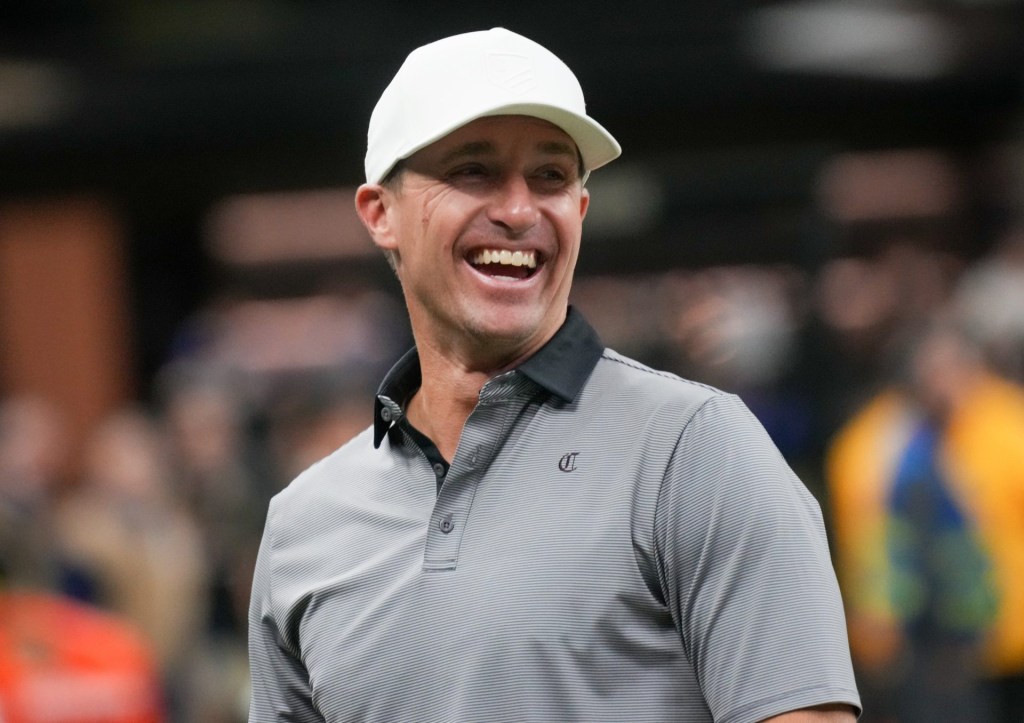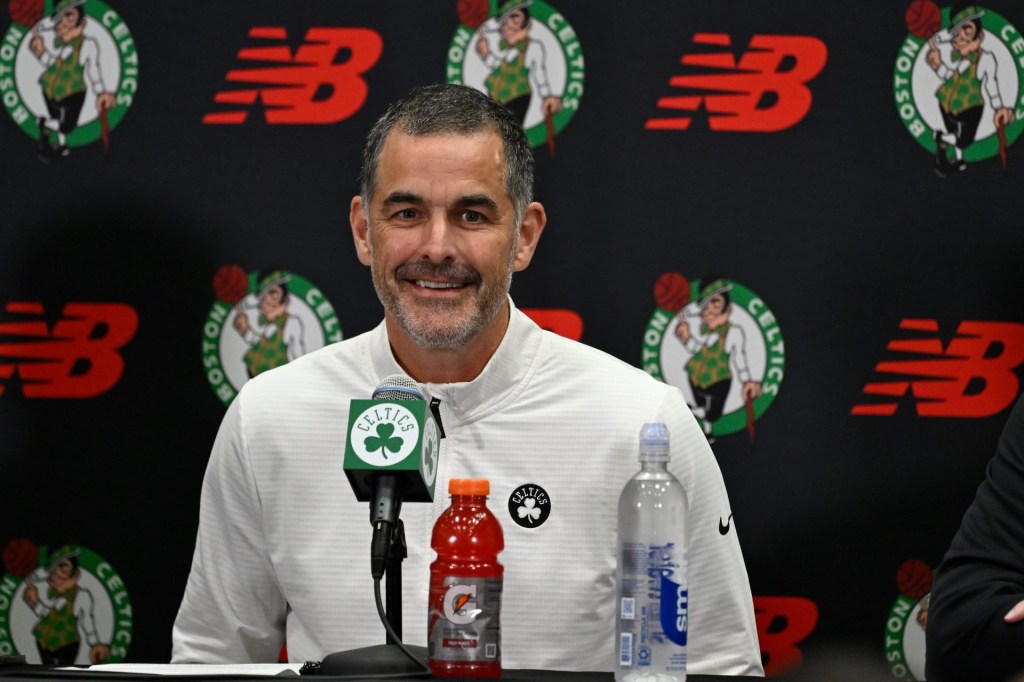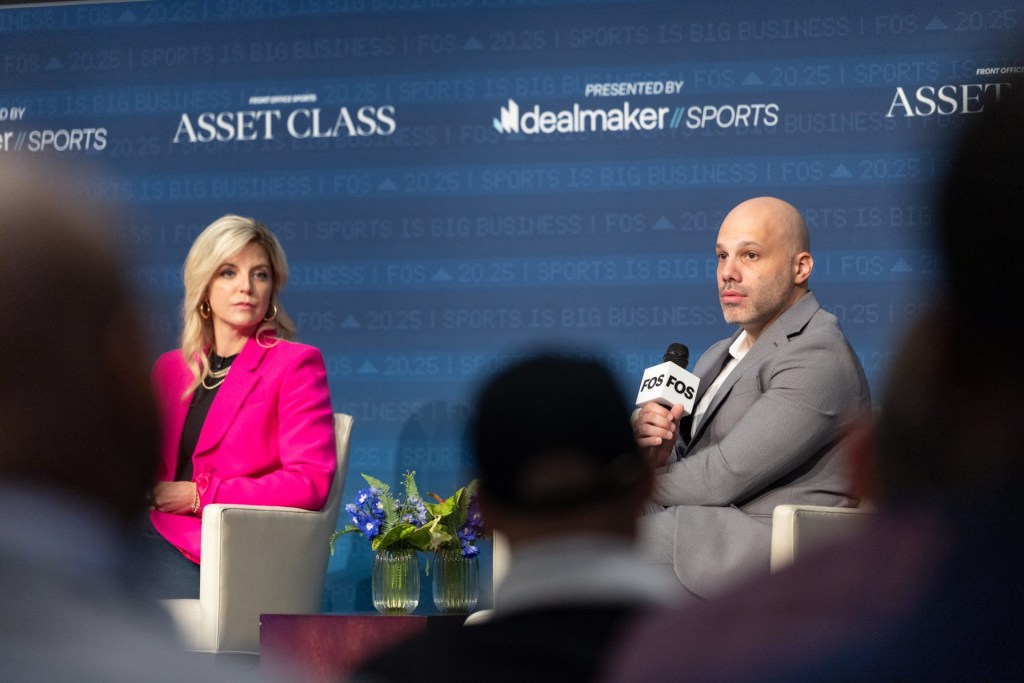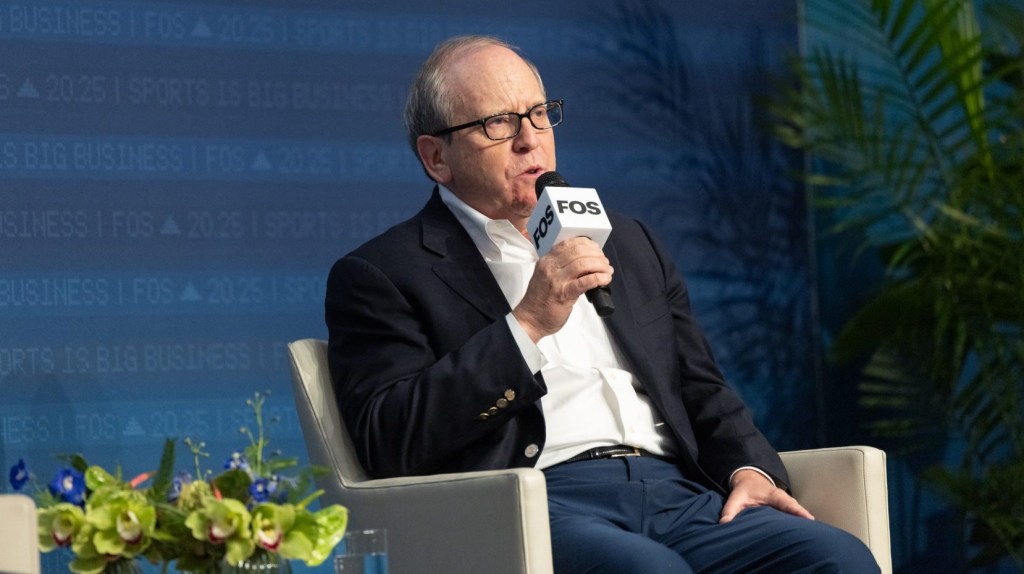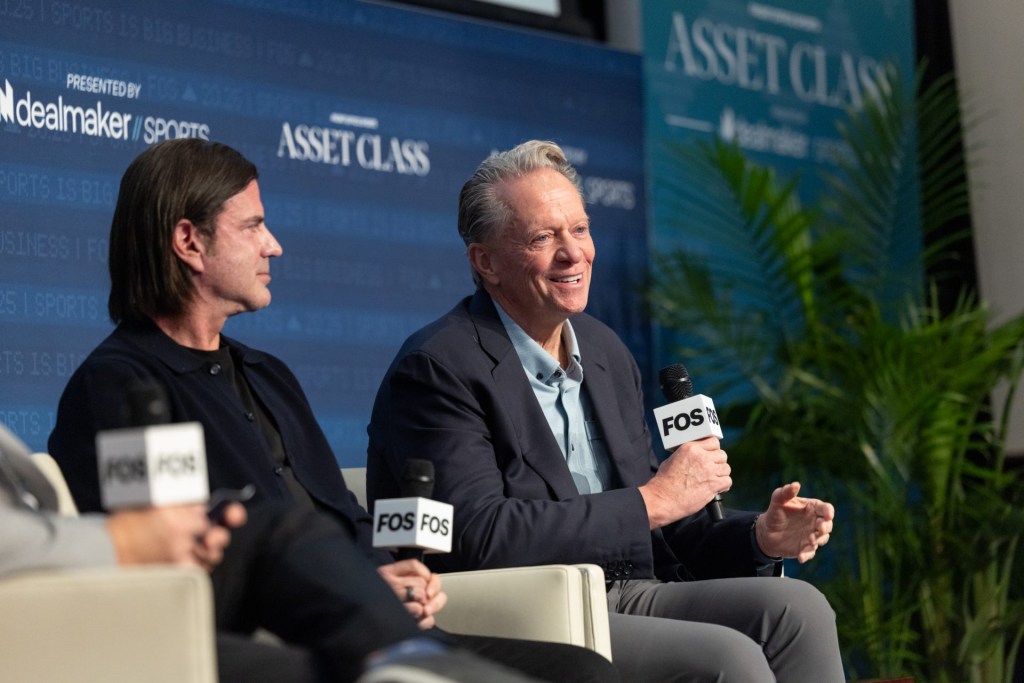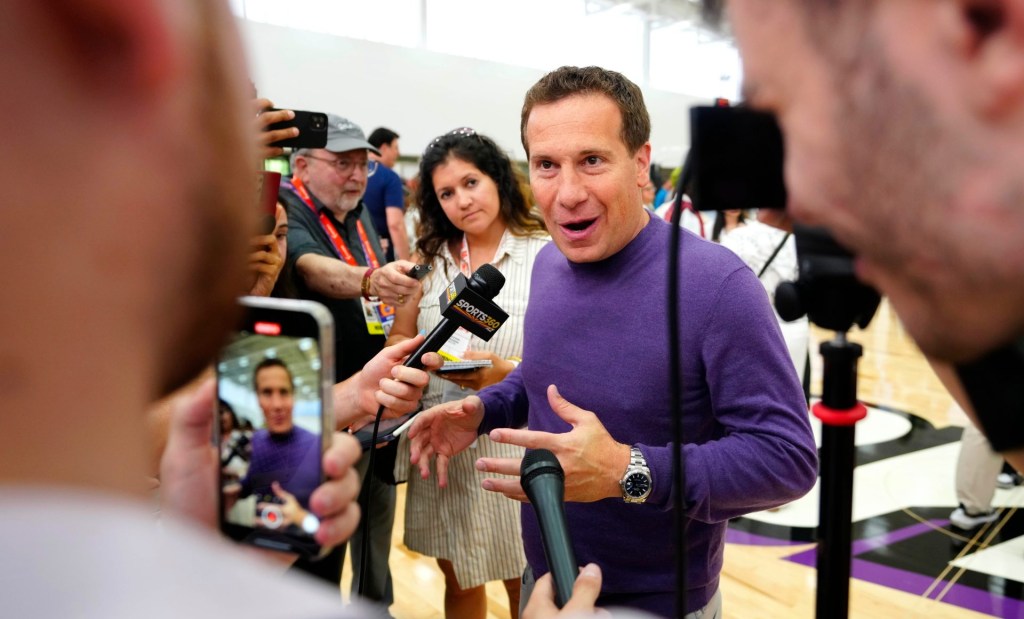NEW YORK — Lou Gehrig’s final Yankees jersey will be auctioned off live on Wednesday, potentially fetching $4 million—maybe more.
This piece of sports history will hit the auction block as part of the rare “American Greats” collection at Christie’s in New York. There’s a Gehrig bat from the Yankees’ championship 1938 season, estimated to sell for between $500,000 and $1 million; and one of his hats from the 1930s, which could bring in around $600,000.
The auction totals 174 lots, each of which may be sold individually. It also includes a Dolphins Super Bowl ring from the undefeated 1972 season, plus handwritten letters from Jackie Robinson and Ty Cobb; Robinson’s Hall of Fame induction ring as the first Black member; and autographed baseballs from Ruth, Gehrig, Babe Ruth, Joe DiMaggio, and even Marilyn Monroe. (There’s also a few of Elvis Presley’s personal Bibles, expected to fetch $5,000 or more.)
These items come directly from the personal collection of Dr. Goodman Basil “G.B.” Espy. Born on Jan. 8, 1935—the same day as Presley—Espy was a battlefield surgeon, a humanitarian, and, quietly, one of the country’s most devoted collectors of sports and pop culture history. In his 900-word obituary from last year, there is only a single sentence about being an “avid collector” of sports memorabilia.
The lot was meticulously cared for, curated, and cataloged by Espy. It was put up for sale through Christie’s by his surviving family. Nathalie Ferneau of Christie’s, who is running the sale, tells Front Office Sports the auction house “jumped” at the chance when it became known the collection was available.
Overall, estimates indicate the collection could bring in more than $9 million once it is all sold.
Christie’s and its main rival, Sotheby’s, are household names in the art world, but neither has historically been heavily involved in sports collectibles. That is changing. Experts say the Espy auction reflects the growing prominence of sports memorabilia as a serious asset class, attracting both collectors and investors.
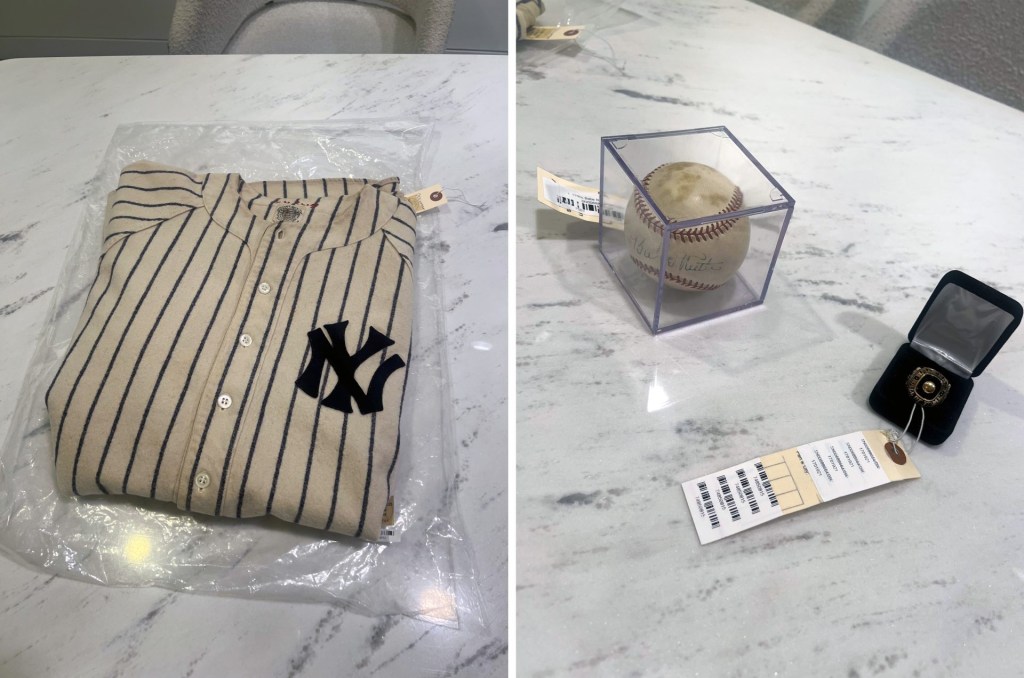
Dan Lorber, cofounder and CEO of Stadium Insurance, which specializes in high-value sports collectibles, sees the demand climbing. He has worked with clients including athletes and private-equity investors. “It’s crazy how many people want to get into this space, how this asset class has taken off,” he tells FOS. “I add a $1 million card to someone’s policy once a month, maybe once a week.”
Separate September reports from Market Research Intellect and Deep Market Insights each predicted the sports memorabilia market will grow from under $30 billion to more than $42 billion within the next 10 years. Some are even more bullish; in April, market research firm Mark & Spark Solutions projected the sports memorabilia collectibles market would grow to almost $71 billion by 2030.
Wealthy individuals and household names have displayed interest in sports memorabilia, such as Shark Tank’s Kevin O’Leary, who teamed up with two others to pay a record $12.9 million for an autographed Michael Jordan and Kobe Bryant card earlier this year. In 2018, the owner of a Texas-based energy broker firm paid $400,800 for a baseball bat used by Babe Ruth. Tom Brady, meanwhile, sees the value in collectibles but from another vantage point; earlier this year, he bought a 50% stake in sports card and memorabilia retailer CardVault.
Michael Osacky, president of sports cards and memorabilia appraiser Baseball in the Attic, expects to see all auction houses, not just Christie’s and Sotheby’s, dive deeper into the world of sports collectibles. “Every major auction house will eventually hire sports specialists,” he says. “They see the market is growing, and collectors are willing to spend serious money.”
Osacky tells FOS single-owner collections like Espy’s are rare. “Most auctions feature hundreds of lots from multiple consignors,” he says. “To see one person’s lifetime of collecting—and the care and time it took to assemble each piece—is extraordinary. These aren’t just items purchased for investment; there’s emotional attachment, personal sentiment, and intentionality behind every lot.”
Alongside the Gehrig jersey, the Robinson ring stands out to Ferneau as the most significant item in the collection. “The Jackie Robinson ring represents such an iconic moment, it represents change in America,” she tells FOS. “That and the Gehrig jersey are pieces that transcend the sports collectibles industry. They are really important pieces of American 20th-century history.” The pre-auction estimate for Robinson’s ring is between $250,000 and a half-million dollars.
Beyond the money, though, industry experts are remiss to not mention how significant the auction itself is in the sports collectors’ market. Brett McGrath, host of the collectibles-focused podcast Stacking Slabs, says the sale is special because it “tells a story about what collecting really is at its core.” He continues, “Most collectors today chase trends or investment value, but Dr. Espy’s approach was about connecting to history, to moments that mattered.”
Update: The Gehrig jersey sold for $2.7 million on Wednesday.
